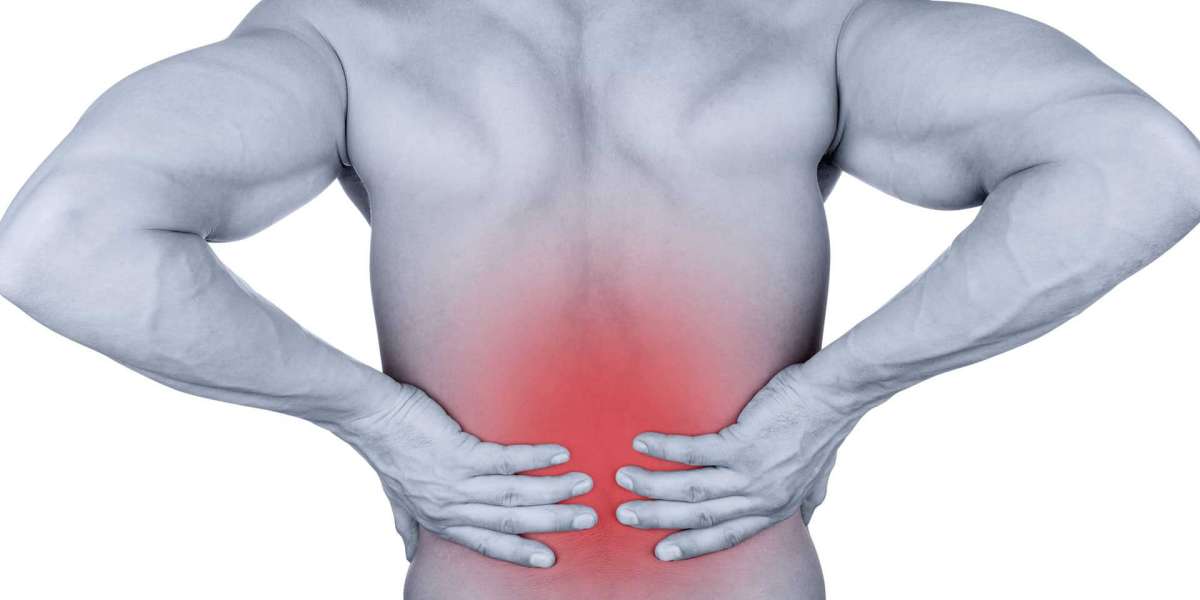Pain management is a multifaceted field that continually evolves with advancements in medical research and technology. Traditionally, pain management often relied on opioids and other pharmacological treatments. However, with growing awareness of the limitations and potential for abuse associated with these medications, there has been a significant shift toward more innovative and holistic approaches. This article explores some of the latest advancements and innovative strategies in pain management.
Understanding Pain: A Complex Phenomenon
Before diving into innovative approaches, it is crucial to understand that pain is a complex and subjective experience. It involves not just physical sensations but also emotional and psychological components. Pain affects can be acute, resulting from injury or surgery, or chronic, persisting for months or even years beyond the expected healing time. Chronic pain often involves changes in the nervous system and can affect an individual's quality of life in profound ways.
Integrative Approaches: Combining Traditional and Modern Techniques
Multidisciplinary Pain Management
A growing trend in pain management is the use of multidisciplinary teams that integrate various healthcare professionals, including doctors, physical therapists, psychologists, and alternative medicine practitioners. This holistic approach ensures that all aspects of a patient's pain, from physical symptoms to emotional well-being, are addressed.
For example, a patient with chronic back pain might receive medical treatment for the physical aspects, engage in physical therapy to strengthen muscles and improve flexibility, and work with a psychologist to manage the emotional toll of chronic pain. By combining these approaches, patients often experience better overall outcomes and improved quality of life.
Bioelectronic Medicine
Bioelectronic medicine is an emerging field that leverages the body's own electrical signals to manage pain. This approach involves the use of small, implantable devices that stimulate nerves or modulate neural activity to alter pain perception. One notable example is spinal cord stimulation, where a device implanted in the spinal column delivers electrical pulses to interfere with pain signals before they reach the brain.
Another innovative technology in this field is transcranial magnetic stimulation (TMS), which uses magnetic fields to stimulate nerve cells in the brain. TMS has shown promise in treating various types of chronic pain, including neuropathic pain and fibromyalgia.
Pharmacological Innovations: Moving Beyond Opioids
Non-Opioid Medications
As concerns over opioid addiction and overdose rise, researchers are exploring non-opioid medications as alternatives for pain management. These include drugs that target specific pain pathways or neurotransmitters involved in pain perception. For instance, medications like gabapentinoids, which affect the way nerves send signals to the brain, and certain antidepressants, which influence neurotransmitter levels, are being used to manage chronic pain conditions.
Cannabis-Based Therapies
Cannabis-based therapies, including cannabidiol (CBD) and tetrahydrocannabinol (THC), have gained attention for their potential in managing pain. Studies suggest that cannabinoids may help reduce inflammation and modulate pain signals without the risk of addiction associated with opioids. However, the legal status and varying regulations regarding cannabis can impact its availability and use.
Targeted Drug Delivery Systems
Innovations in drug delivery systems are also playing a crucial role in pain management. For instance, localized drug delivery methods, such as implantable pumps or transdermal patches, allow for the administration of medication directly to the site of pain. This approach can enhance efficacy and reduce systemic side effects compared to oral medications.
Physical and Psychological Therapies: A Comprehensive Approach
Physical Therapy and Rehabilitation
Physical therapy remains a cornerstone of pain management, especially for musculoskeletal pain. Modern physical therapy techniques go beyond traditional exercises and include methods such as manual therapy, ultrasound, and electrical stimulation. Advances in technology have also introduced tools like virtual reality (VR) to assist in rehabilitation, providing immersive and interactive environments for patients to engage in therapeutic exercises.
Cognitive Behavioral Therapy (CBT)
Cognitive Behavioral Therapy (CBT) is a psychological approach that helps patients manage chronic pain by altering negative thought patterns and behaviors. CBT teaches coping strategies, relaxation techniques, and problem-solving skills to improve pain management and overall mental well-being. Studies have demonstrated that CBT can significantly reduce the intensity of chronic pain and improve patients' quality of life.
Complementary and Alternative Medicine: Exploring Non-Traditional Methods
Acupuncture
Acupuncture, a traditional Chinese medicine technique involving the insertion of fine needles into specific points on the body, has been used for centuries to manage pain. Modern research supports its efficacy in treating various types of pain, including osteoarthritis, migraines, and back pain. Acupuncture is thought to work by stimulating the release of endorphins and modulating the body's pain pathways.
Mind-Body Techniques
Mind-body techniques such as mindfulness meditation, yoga, and tai chi have gained recognition for their role in pain management. These practices help individuals focus on the present moment, reduce stress, and improve overall physical function. Research indicates that incorporating mind-body techniques into pain management can lead to significant improvements in pain perception and emotional well-being.
Future Directions: The Role of Technology and Personalization
Artificial Intelligence and Machine Learning
Artificial Intelligence (AI) and machine learning are beginning to play a role in personalized pain management. AI algorithms can analyze vast amounts of patient data to predict pain patterns, optimize treatment plans, and identify individuals at risk of chronic pain. These technologies promise to enhance the precision and effectiveness of pain management strategies.
Genomics and Personalized Medicine
The field of genomics is also contributing to more personalized approaches to pain management management. By understanding genetic variations that influence pain perception and treatment response, researchers hope to develop tailored therapies that are more effective for individual patients. Personalized medicine aims to move away from a one-size-fits-all approach and provide treatments that are customized to each patient's unique genetic makeup and pain profile.
Conclusion
Pain management has come a long way from its traditional roots, with innovative approaches offering hope and relief to those suffering from pain. By integrating multidisciplinary care, exploring non-opioid medications, embracing physical and psychological therapies, and considering complementary and alternative medicine, healthcare providers can offer more comprehensive and effective pain management solutions. As technology and research continue to advance, the future of pain management looks promising, with a focus on personalization and precision to enhance patient outcomes and quality of life.








